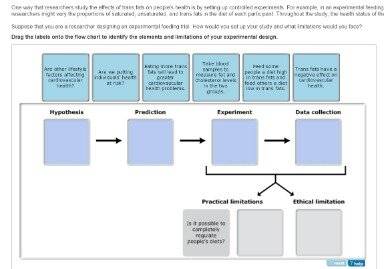- +39 3406487807
- studioartem@studioartem.it

Content

Although QuickBooks Self-Employed does have a P&L account, it does not include a balance sheet nor monitors liabilities and assets. Its dashboard provides an insight into profits and losses, invoices, accounts as well as estimated tax. Quickbooks Self-Employed allows you to send invoices to clients, if necessary. For first time clients, you’ll have to enter details manually, but the software will have autofill features for those that are recurring. Software Advice’s FrontRunners report ranks top products based based on user reviews, which helps businesses find the right software. Small Business Computing addresses the technology needs of small businesses, which are defined as businesses with fewer than 500 employees and/or less than $7 million in annual sales.
Hugh Wilson writes about business and the interface of business and technology for a range of titles including The Guardian, Telegraph, Independent, The Times, BBC and MSN. He has written a large number of articles for Top Ten Reviews about insurance matters, accounting, and some business-to-business software and appliances. It’s worth reiterating that Intuit QuickBooks Self-Employed is a financial organization tool for the smallest of small businesses, and doesn’t claim to be anything like a full accounting solution.
Freelancers, including collaborative economy workers, tend to have some unique financial management concerns and tax obligations. For example, they tend to use the same accounts for both business and personal expenses, which can be hard to disentangle for the purpose of tax deductions when April rolls around. In addition, they may be working as a “business” for the first time, and may be confused about or unaware of their quarterly tax obligations, let alone how to estimate or pay them. Many have other, more traditional employment, and do this gig or on-demand work to complement their income. Finally, they may be forfeiting huge deduction opportunities simply due to lack of awareness.
That’s why most self-employed individuals muddle through with spreadsheets, a folder full of receipts, and a gut feeling about what to set aside for taxes each quarter. We at MISSION can help your young business or freelance operation with its accounting processes. Using more complex accounting software could make reconciliation confusing.
Users can also segment business and personal expenditures and share expense summaries. QuickBooks Self-Employed is not a full-featured accounting package and those looking for one should go elsewhere (its big brother – QuickBooks Online – isn’t a bad place to start). It is really a tool for the self-employed to track income and expenses and separate business from personal spending, calculate quarterly taxes and send invoices. It doesn’t offer double-entry accounting, and advanced features are thin on the ground. This software is specifically tailored to the needs of freelancers, independent contractors, gig-economy workers, and other self-employed individuals.

The Quickbooks Self-employed 2020 of this version of QuickBooks are intentionally limited to make it simple to use, but it does include a profit and loss report and estimates your tax liability. The service is also designed to integrate with Turbo Tax Home and Business, which should make tax filing extremely easy. Intuit QuickBooks Self-Employed’s mobile app lacks little—if anything—found on the browser-based version. It’s the best companion app I found in this group of accounting websites designed for freelancers.